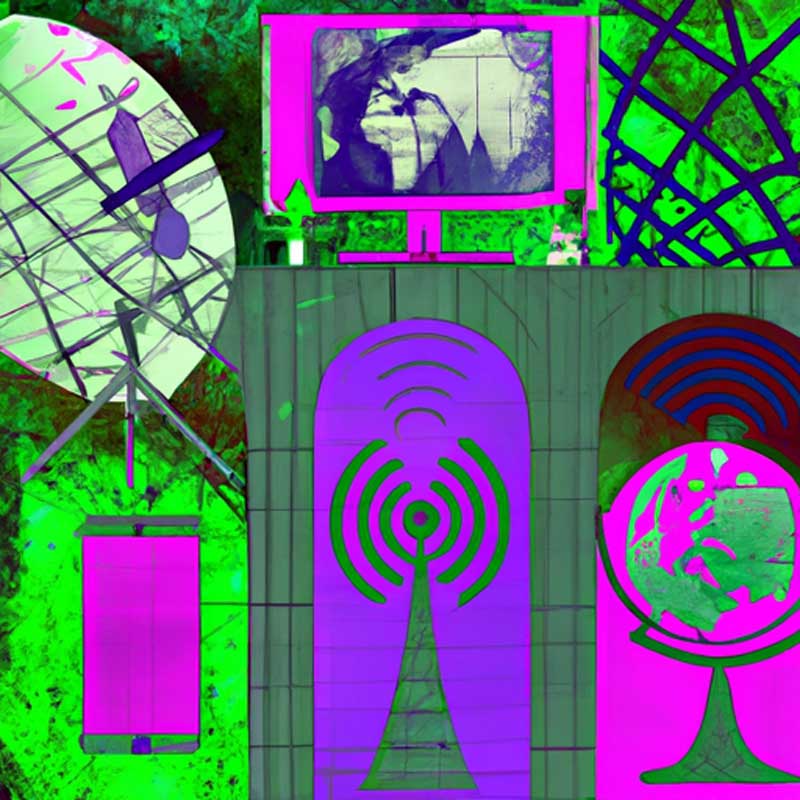Key Points:
- The University of Michigan’s autonomous vehicle and technology testing site, Mcity, operates a 24/7 virtual reality counterpart alongside its physical replica city environment. Mcity’s objective is to advance safety, efficiency, accessibility, and equity in transportation.
- Mcity was also the site where the US’s first wireless charging roadway technology was tested. The facility, which was opened in 2015, with help from the Michigan Department of Transportation, uses infrastructure such as highway gantries, signs, and other materials supplied by the department.
Mcity, tucked away on the University of Michigan’s North Campus, serves as an extensive autonomous vehicle testing facility assisting academics, startups, and established automakers. The facility’s managing director, Greg McGuire, revealed a digital twin of Mcity running continuously in its computing center. This digital facsimile generates a realistic, bustling city with drivers, vehicles, pedestrians, and cyclists operating as in an actual city, though unseen to the physical eye.
Built to imitate authentic city infrastructure, Mcity integrates intersections, highway stretches, and roundabouts into its structure. The latter, according to McGuire, presents challenges not just to machines but to human drivers as well, which makes it an important addition to the site. Further differentiating Mcity from standard proving grounds where the primary focus is to test the vehicle’s physical mechanisms, Mcity’s goal is to examine the “brains” of a transportation system.
Maddie Quirk, a Ph.D. candidate at the research center, is investigating human acceptance of driverless vehicle technology. Stressing the importance of understanding human psychology in connection to autonomous vehicles, Quirk highlights the need for people to trust and accept these vehicles for a successful implementation.
Upon closer inspection, Mcity’s downtown area appears to be a 2D façade recreating the storefronts of businesses in Ann Arbor, along with outdoor seating. The facility, just like any other city, has sidewalks, curbing, drainage systems, and electric power.
Endeavoring to recreate a genuine and functional urban environment for researchers, Mcity also includes a pre-programmed loop in their computer-generated reality where visitors can be a part of testing vehicles, interacting with virtual pedestrians and vehicles.
Further emphasizing the significance of their research, McGuire said that the performance of self-driving cars on roads shared by humans and robots has far-reaching real-life implications. Trust in an individual company’s self-driving system, and its reliability are critical components that need to be verified before allowing these systems to be a part of our everyday lives.
